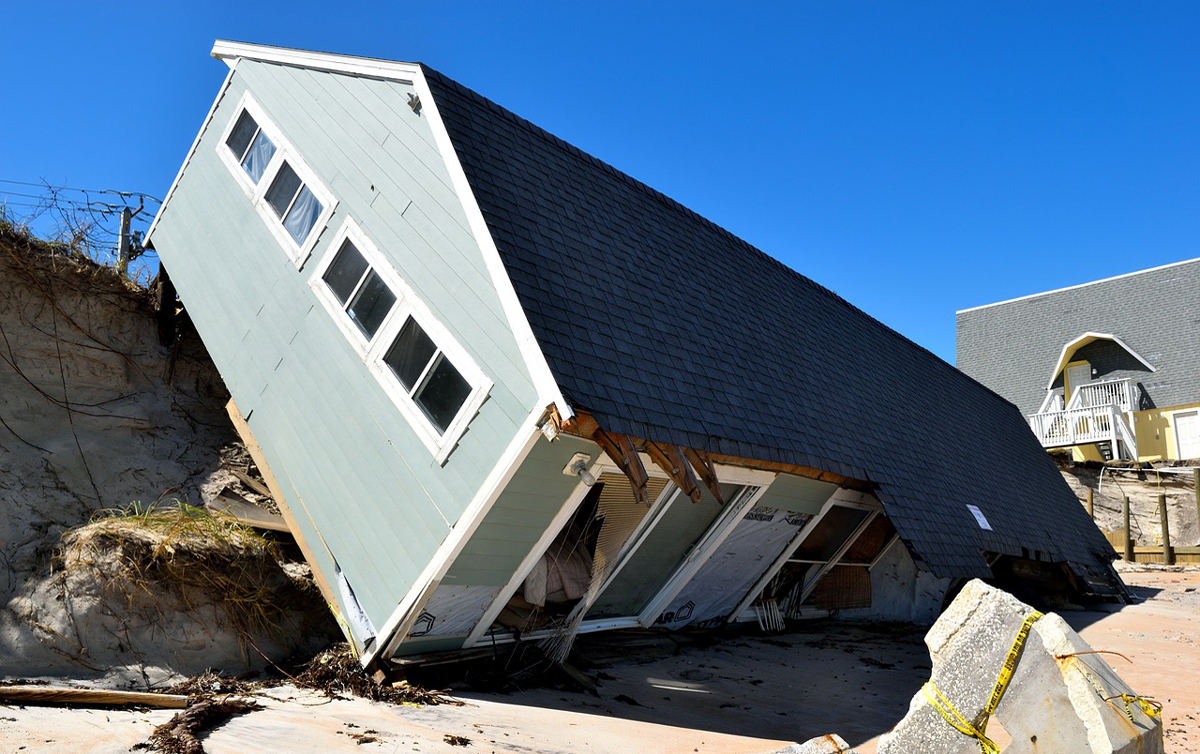
Reduce fear of natural disasters with a Basic Disaster Supplies Kit
By Kathleen Riggs
While Utahns deal with disasters such as fires and flooding, other parts of the nation and the world face hurricanes, tropical storms, and earthquakes. Seeing the misfortune of others on the news along with the unknown of what to expect in the months ahead for our own region can add to a sense of unrest, anxiety, and fear.
It is a well known fact that the best way to combat fear is to be prepared, and since September is National Preparedness Month, now is a great time to review, or begin, your preparedness plan. The website ready.gov/build-a-kit has an option to download a printable basic disaster supplies kit list to help you get started or to help evaluate your current supplies. The list also includes suggestions for “unique needs,” pets, and seniors.
The Basic Disaster Supplies Kit recommendations include the following supplies:
—Water, one gallon per person per day for at least three days for drinking and sanitation.
—Food, at least a three-day supply of non-perishable food.
—Battery-powered or hand-crank radio and NOAA Weather Radio with tone alert.
—Flashlight.
—First aid kit.
—Extra batteries.
—Whistle to signal for help.
—Dust mask to help filter contaminated air as well as plastic sheeting and duct tape to seal off windows and doors if sheltering in place.
—Moist towelettes, garbage bags, and plastic ties for personal sanitation.
—Wrench or pliers to turn off utilities such as natural gas.
—Manual can opener for food.
—Local maps.
—Cell phone with chargers and a backup battery.
Additional items are important, but adding size and weight to the kit may require additional portable totes or backpacks. Items to consider are pet supplies, changes of clothing, sleeping bags, cash, and prescription medications. A complete list is found at the link above.
Remember that assembling a kit is not a one-and-done task; it requires regular maintenance. You may need to place a recurring date on the calendar to update and replenish the kit. Canned and packaged food will expire, batteries will lose power, and you may even think of things that need to be added or adapted to better suit your needs.
The link also describes where to store your kits — namely in three prime locations.
Home
Keep the kits in a designated place, and have them ready in case you have to leave quickly. Make sure all family members know where they are kept. Consider including a list of pre-determined additional valuables that can be located and loaded in 5–15 minutes if there is time, space, and transportation available. The list can be taped to the container top or stored in a pocket of the backpack.
Work
Be prepared to shelter at work for at least 24 hours. Your work kit should include food, water, and other necessities like medicines as well as comfortable walking shoes stored in a “grab and go” container in a place that is easily accessed.
Vehicle
In case you are stranded, keep a kit of emergency supplies in your vehicle. It can be similar to your work kit, but you may also want to include some form of shelter and source of warmth should you need to leave your car.
The key to facing potential disasters is preparedness. The suggestions for supplies listed here are important and can reduce the fear of being hungry, cold, or injured. However, also take courage in the power of the human spirit demonstrated time and again among our local neighbors, families, friends, and people across the nation.
Kathleen Riggs is a Utah State University Extension family and consumer sciences professor.



